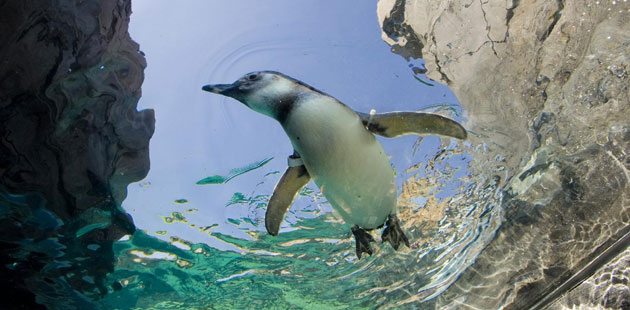A wine that deserves its premier grand cru standing
Updated: 2011-12-17 17:14
By Stephen Quinn (China Daily)
|
|||||||||
Chateau Beau-Sejour Bcot from Bordeaux's right bank in St Emilion was classified as a premier grand cru until 1985 when it was controversially demoted to grand cru status.
The INAO, the French institution that regulates French agricultural products, returned that status in 1996, and since then the wines have continued to receive accolades.
This month Decanter magazine in the United Kingdom published its list of the 50 best-value French wines, based on results from 1,242 wines submitted for panel tastings in the past year. The 2006 and the 2004 vintages of Chateau Beau-Sejour Becot topped that list.
The vineyard has 16.5 hectares made up of 70 per cent merlot, 24 per cent cabernet franc and the rest cabernet sauvignon.
Michel Bcot bought the estate in 1969. Juliette Bcot presented a range of estate wines to a group of wine lovers at the China Club in Hong Kong.
The magnificent setting was an appropriate location for these marvelous creations. David Pedrol, product director for Yesmywine.com (China's leading online wine retailer), organized the evening.
Juliette Bcot said "wine making is about emotion" as much as terroir and climate. She said the vineyard was on limestone that acted as a sponge to retain water for the vines in hot summers. The 1990 vintage was especially hot.
For her, winemaking is analogous to cooking: it is about careful selection of the best ingredients.
"My vineyard is like a garden where I grow the best fruit," she says.
Rather than a vertical tasting, wines from different vintages were paired with Chinese food. The meal began with assorted appetizers such as barbecued pork, presented with the 2007 edition.
The wine has an elegant sweet nose and good length, with hints of caramel and dark berry fruits in the mouth, and chalky tannins. The chalkiness echoes the vineyard's limestone terroir. This wine retails for about $70.
The 1990 and 1999 vintages were served with sauted fillet of garoupa with asparagus, and lightly fried king prawns. I still have reservations about serving red wines, however elegant, with seafood. More on that later.
The 1990 ($200) was soft and refined, with aromas of prunes and tea. This was a wine that changed each time I tasted it, a reflection of the complexity that is a hallmark of great Bordeaux. The tannins had softened yet it still has sufficient structure to be cellared for another half decade.
The 1999 ($100) was a more delicate creature, and I found its chalky and silky tannins clashed with the seafood, though the tannins did cut through the oil of the fried prawns. My tasting notes for the 1999 were sketchy, suggesting it did not impress as much as the 1990.
The 2006 ($85) appeared with sauted beef with cashew nuts and dry chili. For me, beef was appropriate but the chili tended to overwhelm the wine's flavors. The 2006 tasted ripe, sweet and elegant with wondrous length.
My favorite was the 2004 ($83). It was vibrant in the glass with ripe aromas of cassis and blackberries. It attracted me the way one notices an elegantly dressed woman when she enters a room, evoking richness and poise. It was paired with deep-fried crispy chicken, and the wine's acids and tannin worked well with the oiliness of the food.
A group of people around me scored the 2004 and 2006 highest without even knowing the Decanter recommendations. It's nice to be validated.
But it might also have been a reflection of the food-wine pairings. The wines served with red meat and chicken generally tasted better than those served with seafood. Perhaps the adage about red wine with red meat still holds?







